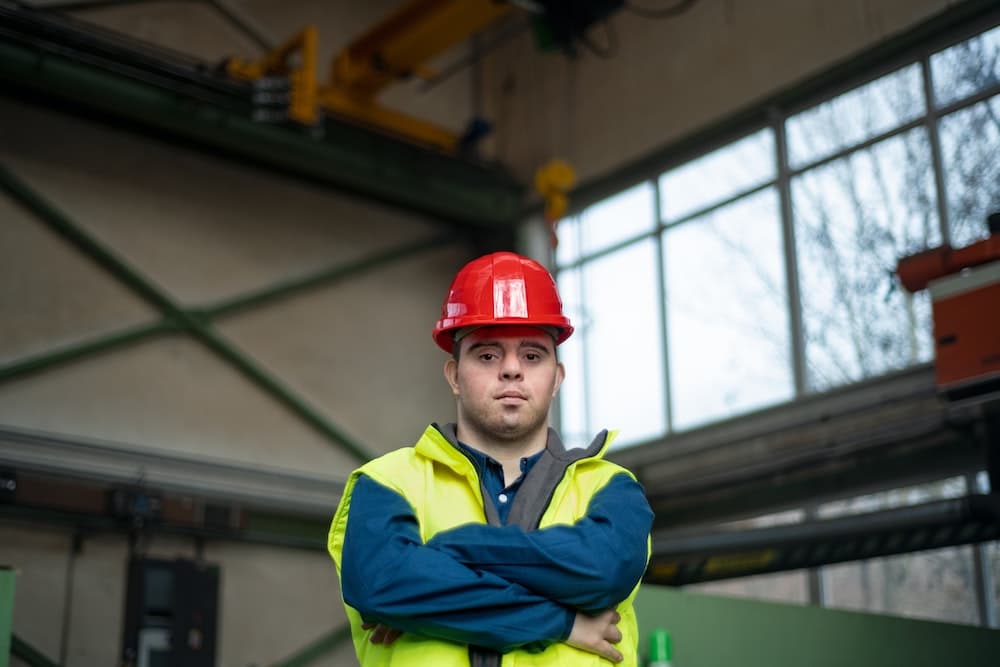When you think of education, traditional images of textbooks, desks, and blackboards might spring to mind. However, the landscape of education is rapidly changing and adapting to the digital age. One such innovation that is revolutionizing the way we learn is Augmented Reality (AR). This technological breakthrough is becoming increasingly prevalent in classrooms worldwide. It’s creating an interactive, immersive learning experience that is not only engaging but also effective.
The Rise of Augmented Reality in Education
The first step to understanding how AR is integrated into educational curriculums is acknowledging the recent rise of this technology in schools. With the advent of smartphones and tablets, augmented reality has become more accessible to all, including students and teachers.
Dans le meme genre : How is AI used to detect and prevent cybersecurity threats?
AR overlays digital imagery onto the real world, enhancing perception and providing a unique, immersive experience. In classrooms, this means teachers can transform the learning environment into a dynamic, interactive space. It’s a shift away from passive learning, where students merely listen to lectures, towards active learning, where students engage directly with the content.
For instance, in science lessons, students can explore the structures of atoms or the solar system in 3D models, manipulating them in real-time to understand their workings better. In history classes, they can visit historical sites or events virtually, gaining a firsthand view of the past. The potential applications are vast, and educators worldwide are leveraging them to enrich their curriculums.
En parallèle : Can Cryogenic Computing Solve the Heat Management Challenges in High-Performance Computing Systems?
The Integration Process
Now that we understand the rise of AR in education, let’s delve into how it is being integrated into curriculums. The integration process is multifaceted, involving the adoption of the necessary technology, the design of AR-friendly content, and the training of teachers.
Firstly, the adoption of AR technology in schools requires investment. However, the necessary hardware, such as smartphones and tablets, is already prevalent in many classrooms. Further, several software applications enable the creation and viewing of AR content. Some notable examples include Google Expeditions, Augment, and Aurasma.
Secondly, designing AR-friendly content involves translating traditional learning materials into interactive, digital formats. This process often requires collaboration between educators and AR developers. The goal is to create content that both aligns with the curriculum and leverages the visual and interactive capabilities of AR.
Lastly, integrating AR into curriculums involves training teachers to use this technology effectively. This includes understanding how to operate AR software and hardware, as well as how to incorporate AR activities into lesson plans.
Reinforcing Conceptual Understanding
Augmented Reality does more than just make learning fun; it also helps reinforce conceptual understanding. Using AR, abstract concepts can be visualized and explored in depth, aiding comprehension and retention.
Consider a biology lesson on the human body. Instead of flat diagrams in a textbook, students can examine a 3D model of the human body, peeling back layers to reveal the organs, bones, and tissues. They can zoom in to inspect the minute details of different structures, further enhancing their understanding. Through such interactive exploration, students gain a deeper, more holistic understanding of complex concepts.
In mathematics, students often struggle with spatial reasoning and visualization. AR can bring geometric shapes and graphs to life, allowing students to manipulate them and see their properties in real-time. The result? A better grasp of mathematical concepts and improved problem-solving skills.
Augmented Reality and Skill Development
Augmented reality is not only enhancing knowledge acquisition; it’s also fostering essential skills in students. By integrating AR into curriculums, schools are preparing students for the digital age.
Using AR technology requires students to be digitally literate. They need to know how to operate AR software and hardware, which fosters technical skills. Furthermore, the interactive nature of AR promotes active learning, encouraging students to take a hands-on approach to their studies. This nurtures problem-solving and critical thinking skills.
In addition, AR supports collaborative learning. Many AR applications are designed for group use, where students work together to explore and solve problems. This collaboration fosters teamwork and communication skills, essential competencies for the modern world.
In summary, Augmented Reality is transforming classrooms into dynamic, immersive learning environments. From enhancing conceptual understanding to fostering crucial skills, AR is proving to be a valuable addition to educational curriculums. As we move further into the digital age, the role of AR in education is set to grow, reshaping the way we learn.
Augmented Reality and Inclusive Learning
In addition to enhancing learning and skill development, Augmented Reality (AR) is also paving the way for inclusive learning. AR technology in education is breaking down barriers, making it easier for students of different abilities and learning styles to access educational content.
One of the key ways AR is doing this is by providing multiple ways of representing information. Traditionally, information in classrooms has been presented in primarily two forms: text and oral instruction. However, these methods are not always effective for all students, especially those with learning difficulties.
AR changes this by offering visual and tactile representations of information. For example, a student with dyslexia, who might struggle with reading text, can learn about the solar system by interacting with a 3D model. Similarly, a student with hearing impairment can engage with lessons in a more visual and interactive way.
Moreover, AR can support personalized learning. With AR, students can learn at their own pace, exploring different concepts and topics as deeply as they wish. This kind of personalized, self-directed learning is particularly beneficial for gifted students or those who may need extra time to grasp certain concepts.
AR also encourages engagement and motivation among students. The novelty and interactivity of AR can stimulate interest in subjects that students might have found uninteresting or difficult. This increased engagement can lead to improved performance and a more positive attitude towards learning.
Concluding Thoughts
In conclusion, Augmented Reality is redefining the landscape of education. As it becomes more integrated into educational curriculums, we’re witnessing a shift from traditional, passive learning to dynamic, interactive, and inclusive learning experiences.
From reinforcing conceptual understanding to fostering technical and soft skills, AR is also paving the way for personalized learning. It’s providing multiple ways of representing information, catering to a wide range of learning styles and abilities, thus promoting inclusivity.
The benefits of AR in education are clear. However, adopting this technology in schools is not without challenges. It requires investment in hardware and software, the creation of AR-friendly content, and training for teachers. Yet, these challenges are worth tackling, given the transformative potential of AR in education.
In the future, as AR technology continues to evolve, we can expect its role in education to grow. Augmented Reality will not only shape the way we learn but also how we perceive and interact with the world around us. It’s an exciting prospect, and we’re just at the beginning of this thrilling journey.
















